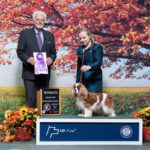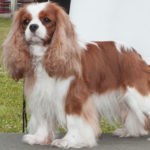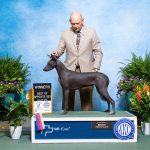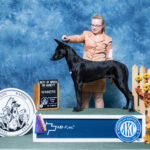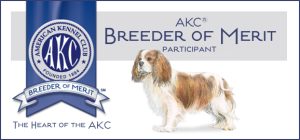Dedicated to the preservation of the Cavalier King Charles Spaniel
About Xolos
Xoloitzcuintli
Pronounced “show-low-eats-QUEENT-lee” is derived from the name of the Aztec god Xolotl and Itzcuintli, the Aztec word for dog.
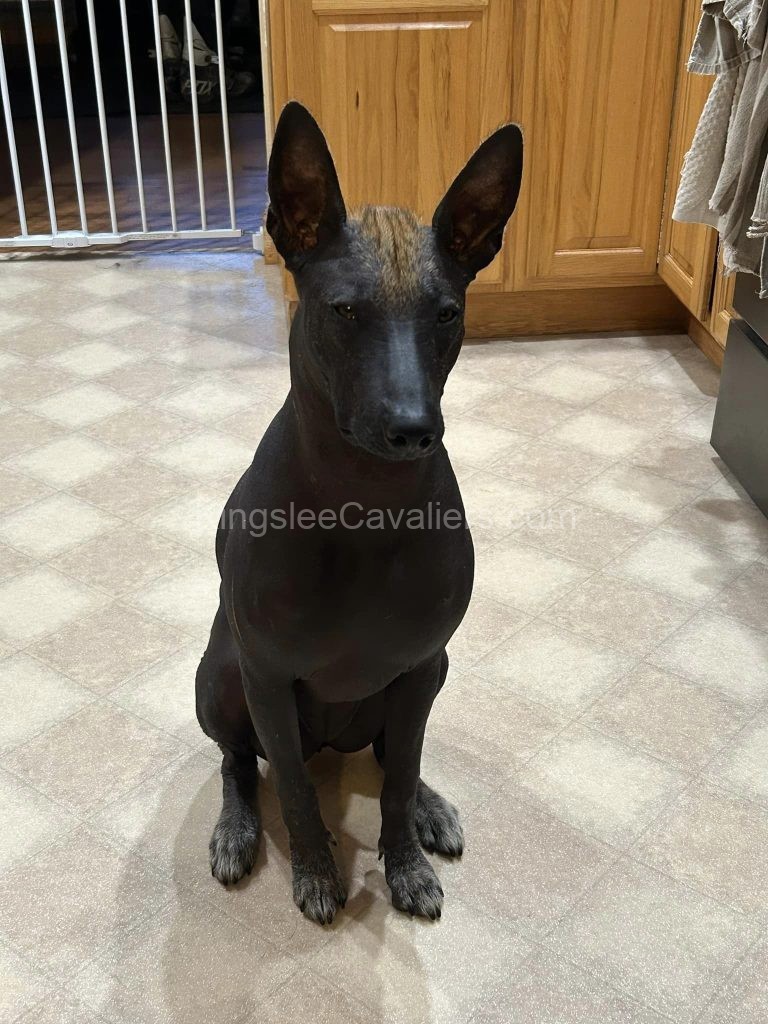
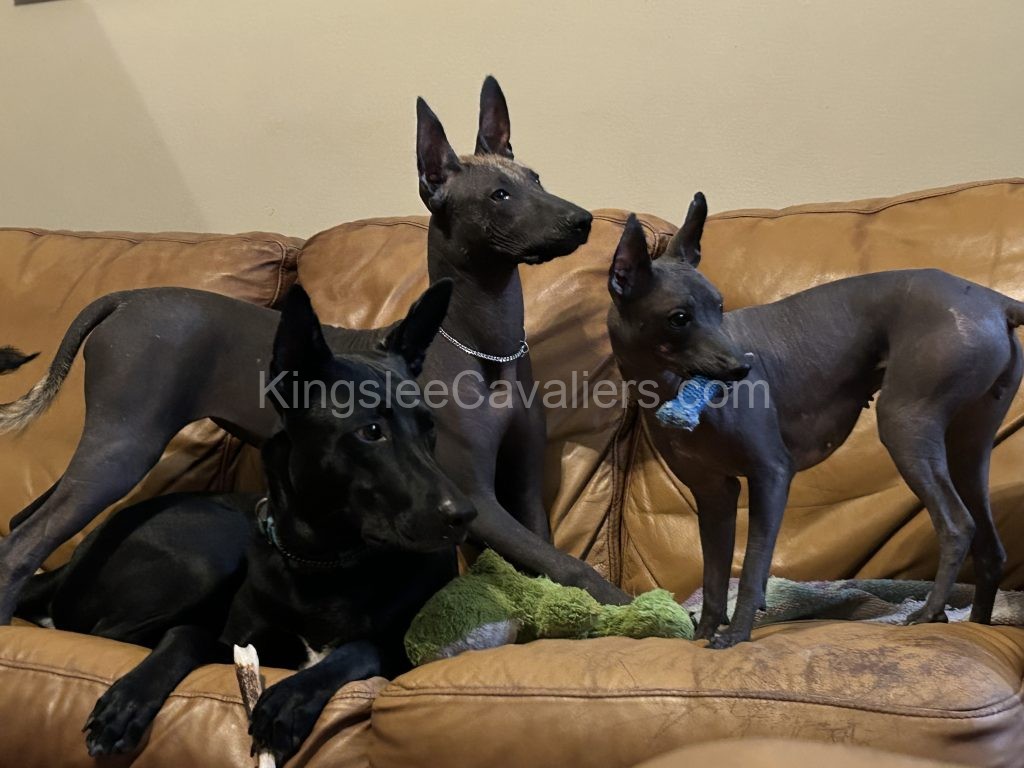
The Dark History of the Xolo
The Xolo is known to be one of the world’s oldest and rarest dog breeds dating back over 3,500 years ago. It is a healthy and robust breed originating from the primitive jungles of Colima, Mexico. Many clay and ceramic artifacts have been found in the tombs of the Mayan, Colima and Aztec Indians. The Aztecs deeply revered the Xolo and thought they possessed healing abilities. in rural parts of Mexico this is still believed today. One reason is they feel warm to the touch and can act as a hot water bottle. Xolos were long regarded as guardians and protectors of the indigenous people. They believed the Xolo would safeguard their home from evil spirits as well as intruders. In ancient times they were often sacrificed and then buried with their owners, thought to be a guide for their soul into the underworld. They were also considered a delicacy and were consumed for sacrificial ceremonies including marriages and funerals.
Xolos first began to appear at Mexican dog shows in the late 1940’s. Though the species was indigenous and a native breed, there was little interest in them. A decade later the FCM realized the breed would become completely extinct if action was not taken to save it. It led to the widely publicized “Xolo Expedition of 1954” led by Norman Pelham Wright. He found and brought back many good Xolos and these dogs formed the foundation of Mexico’s breeding program to save the breed. Wright authored the first official breed standard. First registered in Mexico in 1955, the standard for the breed was adopted in 1956 and the Xolo was recognized in its native land. It is now considered the “Official dog of Mexico”. The Xolo was first registered in the American Kennel Club from 1887 – 1959 as the “Mexican Hairless” breed. It was dropped due to insufficient numbers being bred and registered. The photo in the Mexican Hairless chapter from 1935 Toy Dogs makes it clear that this breed was in no way a true Xolo, simply a hairless Chihuahua or crossbreed.
The Xolo returned to the AKC show ring in 2011 as its 170th breed.
Temperament
They are a primitive breed. All 3 sizes exhibit the typical temperament of a working breed. They are intelligent and learn quickly and bond closely with their owners. They are usually reserved or aloof with strangers. Xolos are affectionate and playful with their family members. They should never be timid or aggressive. They are a breed who must receive early socialization and a commitment to training. They are generally a healthy breed with a long lifespan 14 – 17 years. They are considered a watch dog. They are very clean and will often be seen cleaning themselves like a cat. They are generally easy to housebreak. Xolos tend to bond strongly with one family member although they will connect with and love the whole family, including other pets.
Xolo’s come in 3 sizes and many colors
The AKC Standard:
Toy 10-14 inches at the shoulder & weigh 10 – 15 pounds. Perfect size for apartment dwellers that want a lap dog.
Miniature – 14 – 18 inches & 15 – 30 pounds. (pictured below with our standard) They are known as the clown of the breed. They are the ideal size for family pets. Big enough to play with kids but small enough to be scooped up to cuddle on the couch.
Standard is the largest at 18 – 23 inches at the shoulder, 30 – 55 pounds. (pictured below in the hairless and coated examples) They are an impressive guard of the home and family.
In the show ring the solid dark colors are preferred. But a wide variety of coat colors can be seen in the breed. The hairless may have hair on their head, tail and feet. The coated should be covered in a sleek tight-fitting coat.
Hairless & Coated
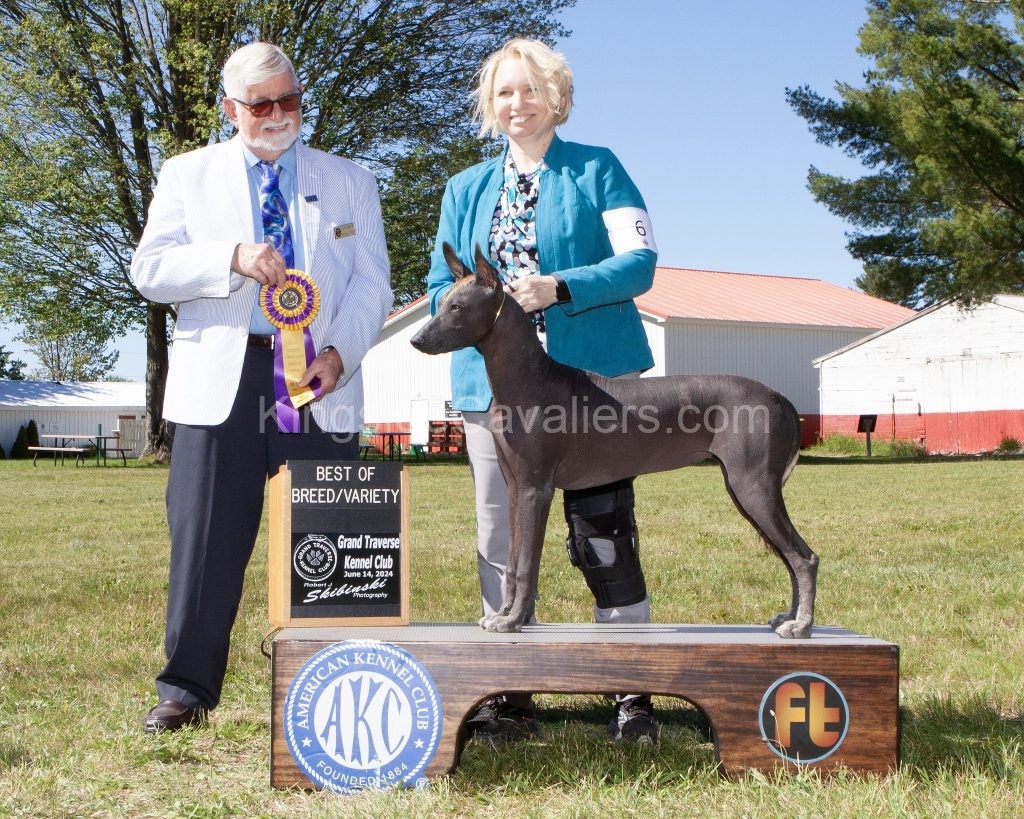
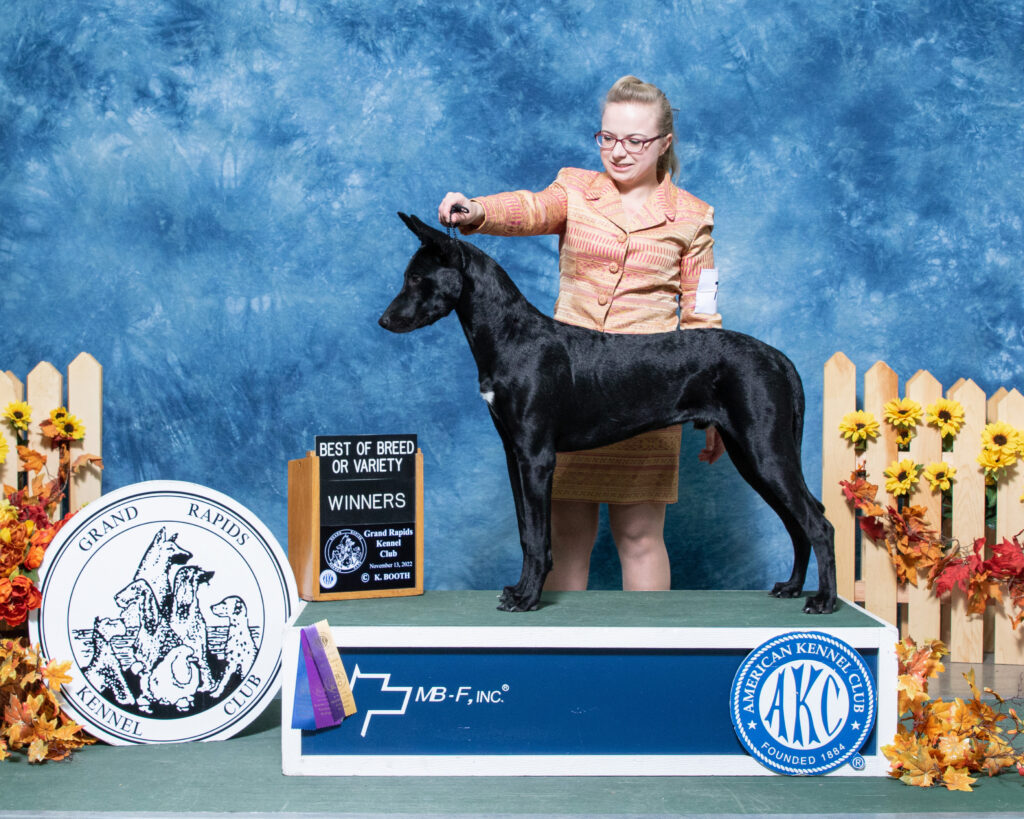
Many people do not realize that Xolos come in both a hairless and a coated variety. They are frequently referred to as a Mexican Hairless, so it is not surprising people have no idea there is a coated variety within the breed. Genetically even breeding hairless to hairless you will most likely get some percentage of coated in the litter. Breeding coated to coated will produce all coated puppies. Breeders frown on breeding coated to coated specimens. Some breeders will not even utilize a coated dog within their breeding program. For many years the coated Xolo’s were not considered desired. As the breed gains popularity, and people become aware there are coated varieties within the breed they are becoming more and more accepted in the show ring. Our first Xolo was coated. We live in Northern Michigan so getting a coated seemed like the best introduction to the breed. He “Tolo” is one of the best dogs we have ever had. He quickly hooked us on the breed. Personally, we think he is one of the most beautiful, coated Xolos we have ever seen…. but we are probably a little bias.
Dentition
Dentition must be mentioned with this breed. The hairless variety may have missing teeth and/or shallower roots. They can lose teeth earlier. Sometimes they are just missing. It is a genetic factor of the hairless variety and can vary from dog to dog. Coated Xolo’s must have full dentition.
Grooming
Hairless Xolos are easy to groom. (Especially when you consider our primary breed is the Cavalier). When I go to a dog show it takes me 1-2 hours to groom my cavaliers and 5 – 10 minutes to prep my Xolo. The Xolo needs good quality food (good skin from the inside out), bathing monthly and lightly exfoliating is usually sufficient. A simple wipe down with a damp cloth can be done between baths. In the winter months they will require lotion to keep their skin hydrated. Their skin is tough hide vs soft skin. They heal very quickly.
Their nails grow very quickly and must be done very routinely.
Xolos naturally extrude an oil that protects them from the sun and insects. Xolos darken or tan with exposure to the sun. They are prone to adolescent acne but keeping the dog and its surroundings clean helps this stage to pass with minimal amounts of stress.
Health
Thankfully Xolos are a hearty primitive breed and do not exibit the health problems of other domestic breeds. Xolos exibit an average lifespan of 14-17 years.
OFA –
Recommendations for Xolos are based on size. All should have CAER eye exams and Card





